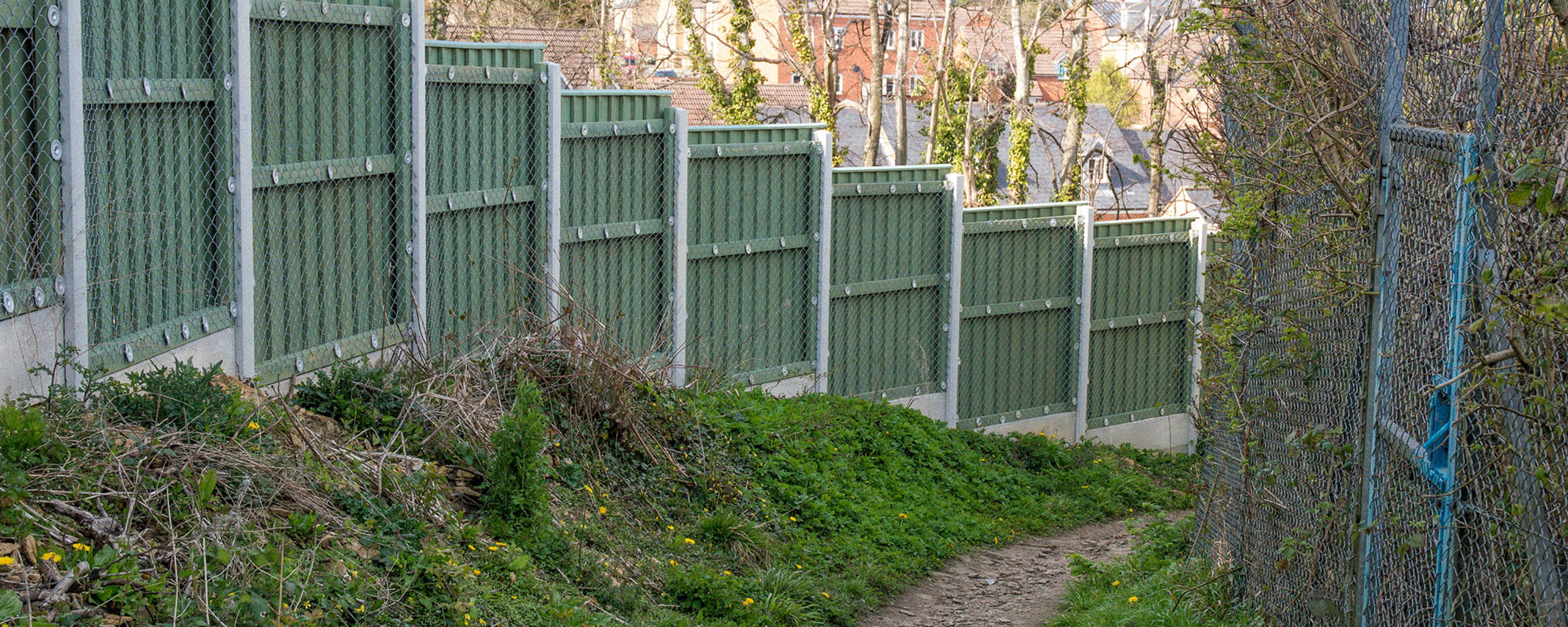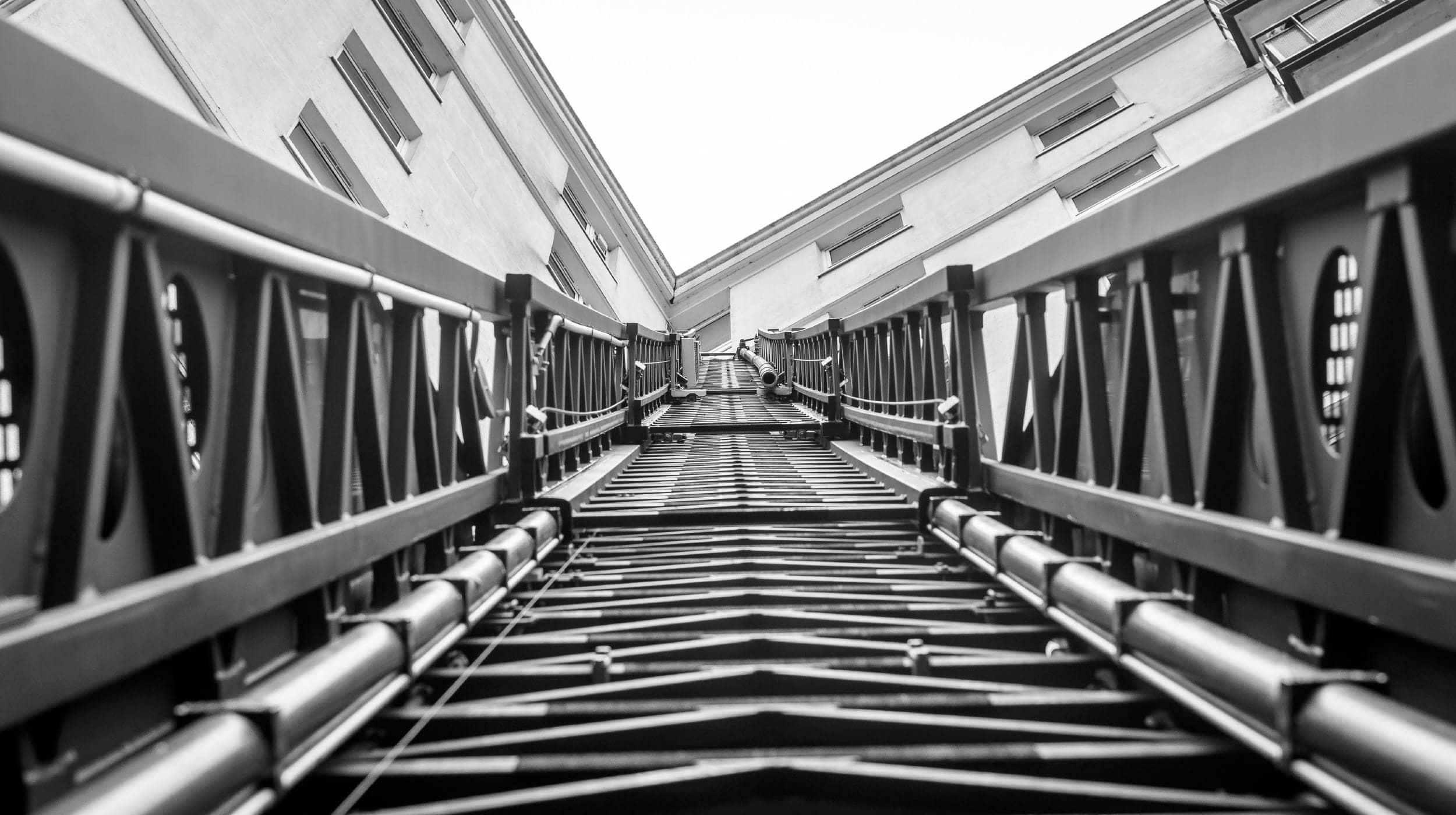1943 Coca-Cola Bottle Found at Service Training Centre
Read the article written about 1943 Coca-Cola Bottle Found at Service Training Centre
We recently uncovered a World War II-era Coca-Cola glass bottle at our Service Training Centre in Chorley.During renovations of a 1940s fountain, Joe Fannon – one of o...




